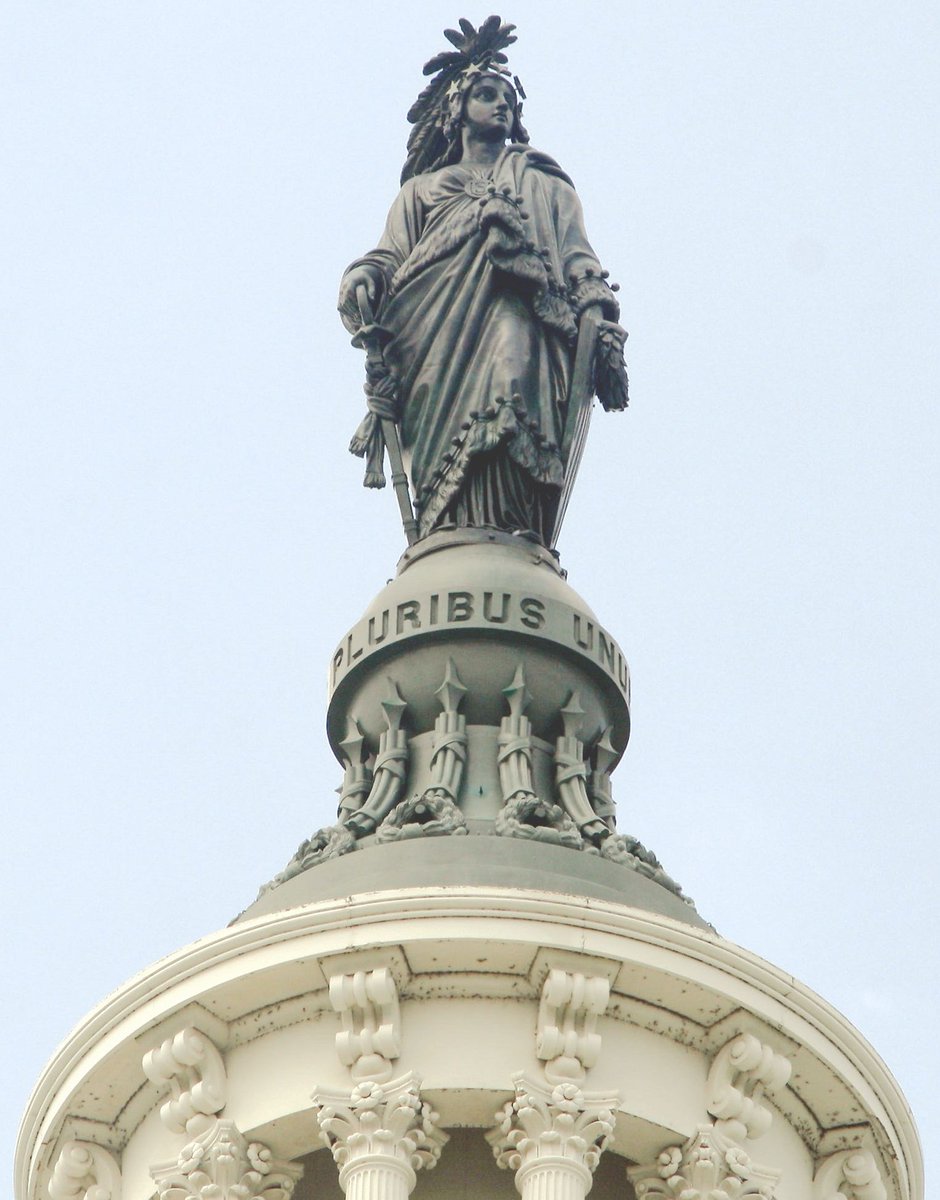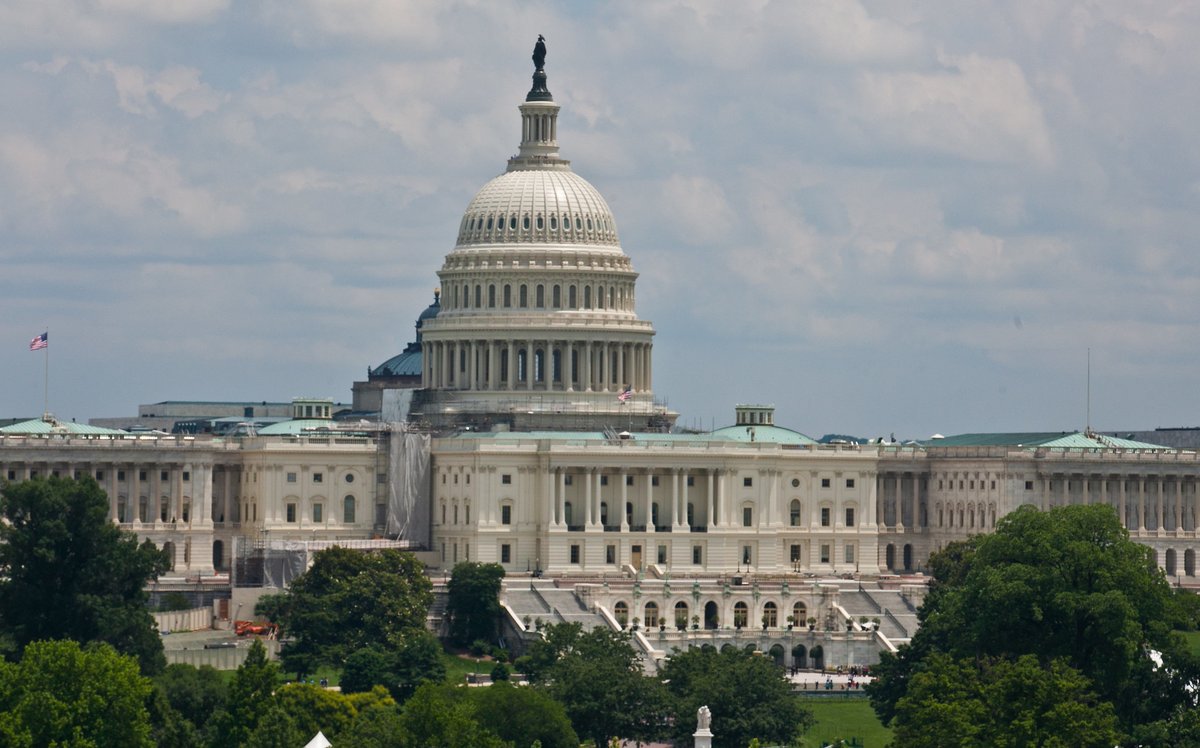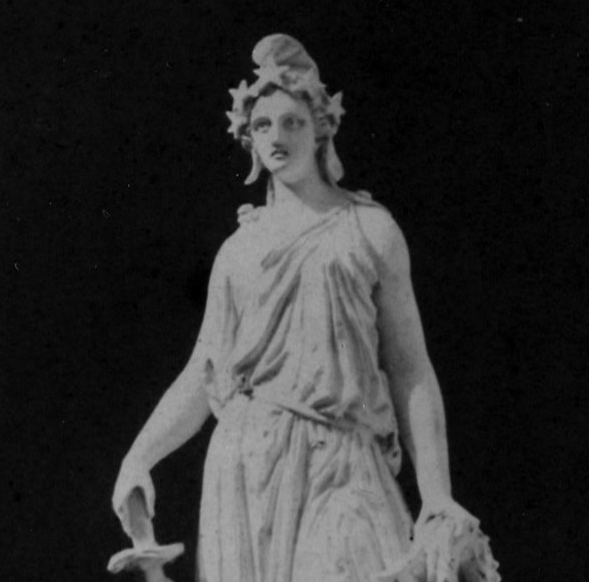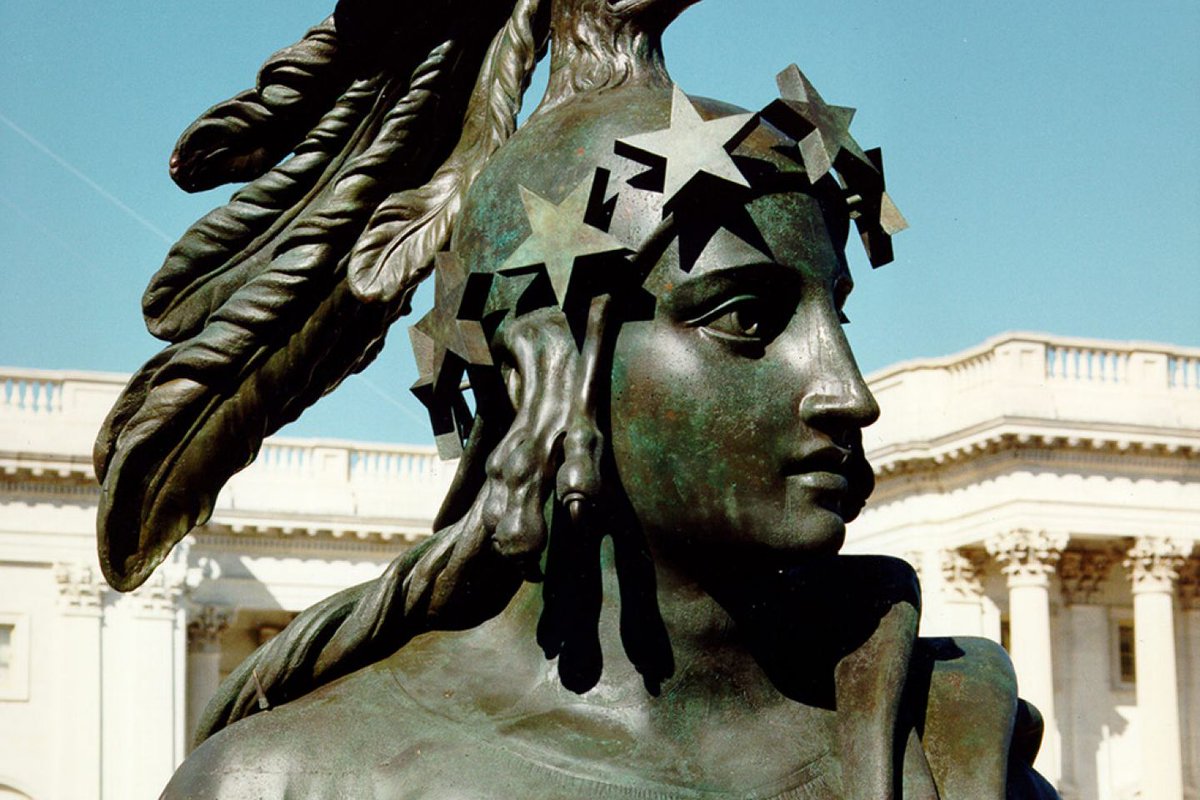
Today, I'm thinking about the inmates of the Stone Mountain Correctional Institute, who dyed eggs for the world's largest Easter egg hunt in the shadow of the world's largest Confederate monument - one they were forced to help make. Here's the story. 





Stone Mountain is, in the words of the SPLX, “the largest shrine to white supremacy in the history of the world.” It was begun in 1916 and finished only in 1972, on the side of a mountain outside Atlanta famous as birthplace of the revived Klan: splcenter.org/fighting-hate/… 
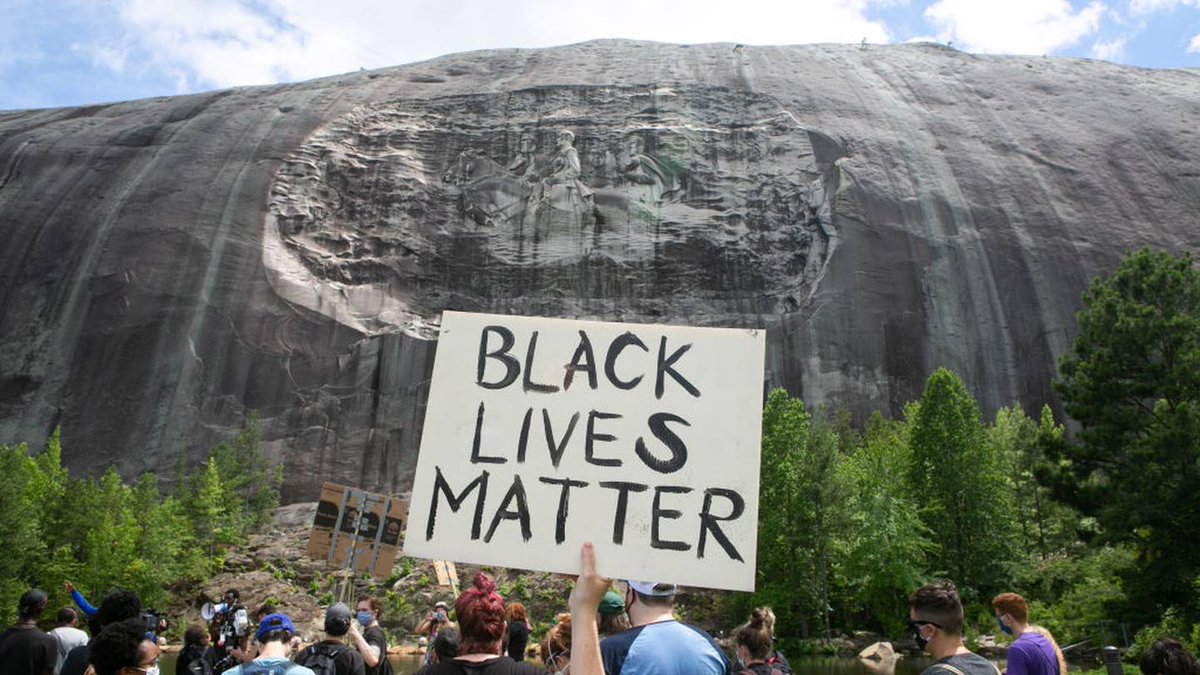
While researching it for my book, I grew fascinated with one little-known aspect of its history: the convict labor at the heart of its economics.
The original planners ran out of money, and the project languished for decades until 1955, when Marvin Griffin was elected governor of Georgia on an anti-integration platform. In his inaugural address, he pledged that as long as he was governor...
“there will be no mixing of the races in the classrooms of our schools and colleges.” He then orchestrated the $1.1 million purchase of Stone Mountain “as a rallying point for all of us who believe in preserving the ideals for which our forefathers fought.”
The Stone Mountain Prison Camp opened in 1958, as soon as the state acquired the land. The first batch of a 100 prisoners constructed picnic shelters and bathroom facilities, segregated for white and “colored” guests. And, using Stone Mountain granite, they made their own prison. 

In its later years, the institution held mainly offenders with shorter sentences. But when it opened, it housed some men spending life sentences, within the boundaries of a park honoring the Confederacy.
Wearing blue denim uniforms, they cleared brush and then landscaped the park. They built a 64-foot-high dam to create the park’s artificial lake. They constructed the park’s internal roads, which are named after Confederate heroes. 

All able-bodied prisoners were required to work. Those who refused would lose privileges or face punishment that could include delaying their release. During the 1960s, the warden placed anyone who claimed to be sick without running a temperature into solitary confinement.
The Stone Mountain State Park paid for itself – and for the completion of its Confederate monument – because the costs of its construction, maintenance, and sanitation were so low, thanks to its unpaid, involuntary, largely Black prison labor force.
Georgia is one of only five states whose prisoners work for no pay.
Stone Mountain has long depended on the labor of those whose lives were worth less to the authorities than the lives of the men who ride across the mountain’s face.
Stone Mountain has long depended on the labor of those whose lives were worth less to the authorities than the lives of the men who ride across the mountain’s face.
Stone Mountain State Park began hosting annual Easter egg hunts soon after it opened. By the 1970s, children were hunting for more than 20,000 eggs a year. In 1981, the Guinness Book of World Records declared Stone Mountain’s celebrations the world’s largest Easter egg hunt. 

Stone Mountain lost its record for the world’s largest Easter egg hunt almost immediately. In 1982, inmates added another 10,000 eggs to their workload to recapture it.
The park’s assistant general manager told reporters that the park needed to regain the record to match their other record, “for the largest single piece of sculptured art in the world.” That is, the Confederate monument.
The inmates, unable to see their own children hunt for eggs, worked to let other people’s children find a little joy in the shadow of the Confederacy.
Although prisoners lived and worked in the park until the mid-1990s, Stone Mountain’s dependence on prison labor has been nearly forgotten. But I can never forget those eggs. 

• • •
Missing some Tweet in this thread? You can try to
force a refresh






